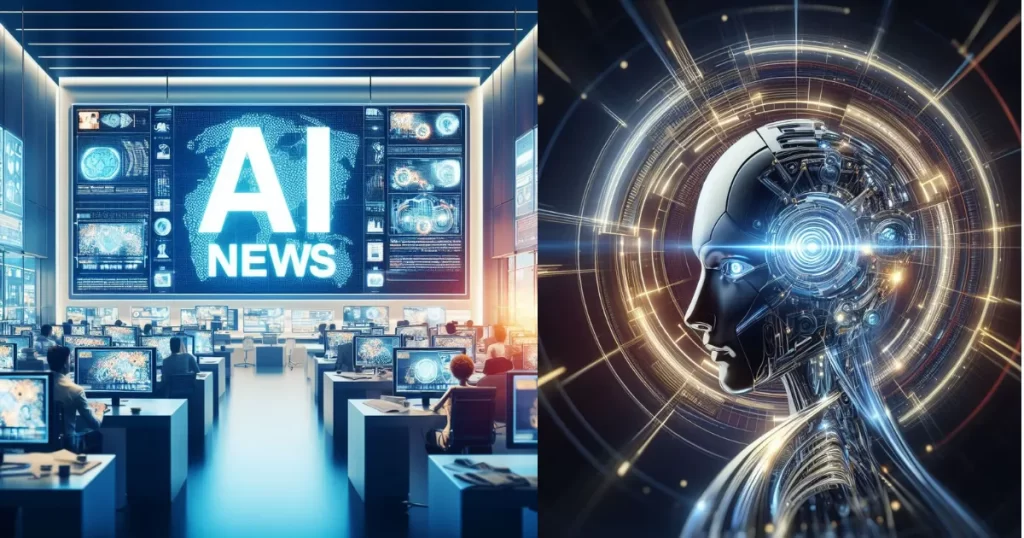Google Cloud is making major moves in the AI landscape with the introduction of two powerful generative AI models: Veo AI for video generation and Imagen 3 for picture creation. These technologies, which are now incorporated into the Vertex AI platform, seek to transform how organizations generate and distribute visual content.
Cutting-Edge Features of Veo and Imagen 3.
Veo AI, unveiled at Google’s I/O developer conference, is a powerful video-generation technology built by Google DeepMind. It converts word or picture inputs into dramatic, high-definition films that can last over 60 seconds. Veo stands out for its frame-level consistency, which guarantees that people move smoothly between pictures. This makes it a game changer in fields such as marketing and advertising.
Imagen 3, also created by DeepMind, focuses on producing high-quality, photorealistic photographs in a variety of genres. It outperforms previous models in terms of detail, lighting accuracy, and reduced visual artifacts. Imagen 3 also includes customizing tools such as picture editing, upscaling, and backdrop replacement. Users can also submit reference photos to customize outputs to reflect a certain brand style or design requirements.
While Veo is now in private preview, Imagen 3 will be publicly available to Vertex AI customers starting next week.
Why Do These Tools Matter?
The incorporation of Veo and Imagen 3 in Vertex AI represents a huge step forward in AI-powered creative workflows. Businesses may now streamline the creation of marketing materials, resulting in faster procedures and lower expenses. For example, Imagen 3 makes it easier to create product photographs or social media material, but Veo improves on this by transforming images into polished, professional movies.
Warren Barkley, Google’s senior director of product management, stated that these capabilities are already helping firms like Agoda dramatically decrease video ad production times. Early adopters, like Mondelez International (owners of Oreo and Cadbury) and global marketing agency WPP, are using these technologies to develop their visual content strategy.
Built-in safety features.
Google has also included safety features to these devices, such as digital watermarking and content filtering systems. These precautions are intended to address ethical problems and hazards related to generative AI, such as misuse or disinformation.
Shaping the Industry’s Future
With Veo, Google becomes the first major cloud provider to provide a video-generation model, distinguishing itself from competitors such as Amazon Web Services (AWS) and Azure. AWS has added Nova Reel, a comparable tool capable of producing six-second movies, to its Nova family on the Bedrock platform. Microsoft has yet to deploy video-generation capabilities, but improvements from OpenAI’s Sora may soon alter the competitive environment.
Google portrays itself as a leader in multimodal AI by prioritizing video production, giving businesses the tools they need to generate dynamic, high-quality content on a large scale. As more businesses adopt these technologies, the methods in which visual information is created and delivered may be completely altered.
This rewriting offers a streamlined, unique interpretation of the text, emphasizing accessibility while keeping the essential elements. The material is attributed to Shubham Sharma and VentureBeat. You can check out the full article here.

I’m Voss Xolani, and I’m deeply passionate about exploring AI software and tools. From cutting-edge machine learning platforms to powerful automation systems, I’m always on the lookout for the latest innovations that push the boundaries of what AI can do. I love experimenting with new AI tools, discovering how they can improve efficiency and open up new possibilities. With a keen eye for software that’s shaping the future, I’m excited to share with you the tools that are transforming industries and everyday life.

